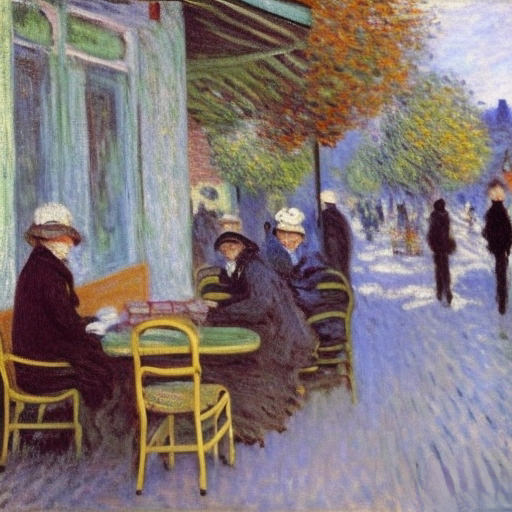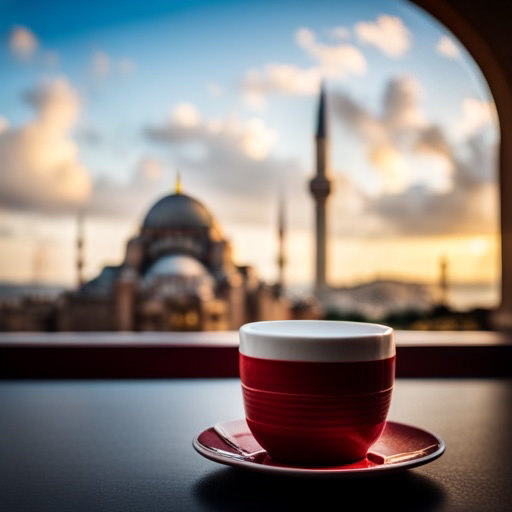Coffee, one of the world’s most beloved beverages, has a rich and diverse tradition that spans across countries and cultures. The way it is prepared and consumed varies widely, offering a distinct testament to the unique culinary artistry of each region. These variations have often been so significant that several coffee preparations have been named after the countries or regions where they were originated or popularized. From the potent, drip-filtered delight of Vietnamese coffee to the sweet, rich notes of a Cuban Cafecito, the world of coffee is as diverse as the countries they represent. I have been researching popular named ones, here is a list of coffee drinks that are named after the countries they are associated with:
- Vietnamese coffee: This is often made with a small metal French drip filter and sweetened condensed milk.
- Turkish coffee: A method of coffee preparation where finely powdered roast coffee beans are boiled in a pot, usually with sugar, and served where the grounds are allowed to settle.
- Italian coffee (Espresso): A concentrated form of coffee served in small, strong shots and is the base for many coffee drinks.
- Greek coffee: Similar to Turkish coffee, but is sometimes served with a glass of cold water.
- Cuban coffee (Cafecito): This is a type of espresso that originated in Cuba after espresso machines were first imported there from Italy.
- Irish coffee: A cocktail consisting of hot coffee, Irish whiskey, and sugar, stirred, and topped with cream.
- Mexican coffee (Cafe de olla): It is traditional Mexican coffee beverage. To prepare cafe de olla, it is essential to use a traditional earthen clay pot, as this gives a special flavor to the coffee.
- Ethiopian coffee (Buna): Coffee is a huge part of Ethiopian culture, and the coffee ceremony is a common practice. Buna is a type of coffee prepared in a special Ethiopian clay coffee pot known as a jebena.
Remember, the naming of these coffees does not necessarily mean that they are exclusively consumed in these countries, or that they are the most popular coffee drinks in those countries. The names often reflect where the style of coffee was created or has a cultural significance. I will continue to expand on more particular information about these, I have already dug into a few of these and shared.
Please note that if you purchase from clicking on the link, some will result in my getting a tiny bit of that sale to help keep this site going.


